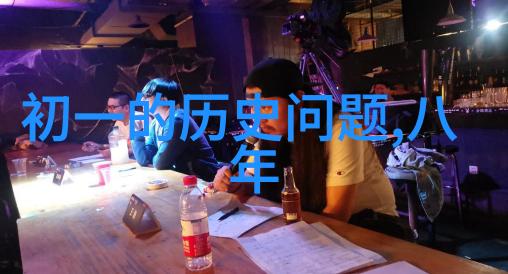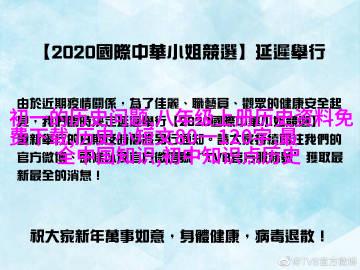1.辛亥革命

辛亥革命是中国近代史上的一个转折点,它标志着清朝的覆灭和中华民国的建立。1911年10月10日,武昌起义爆发,这场由黄兴等人领导的起义迅速扩大,soon spread throughout the country, and on December 29, the Qing dynasty officially ended with the abdication of Emperor Puyi. The Republic of China was established, with Sun Yat-sen as its provisional president.
2.北洋政府时期

After the fall of the Qing dynasty, China entered a period of warlordism, with various regional militarists vying for power. In 1916, Duan Qirui became the first premier of the Beiyang government (北洋政府), marking the beginning of this period. However, his administration was plagued by corruption and instability. In 1928, Chiang Kai-shek's Nationalist Party (KMT) unified most of southern China under its control and moved to Nanjing to establish a new capital.
3.国共合作与内战

In 1924, Chiang Kai-shek founded Whampoa Military Academy in Guangzhou to train soldiers loyal to him and other KMT leaders who were opposed to warlordism and foreign influence. This marked an early phase in KMT's efforts towards national unification through military force rather than political compromise or cooperation with other parties like Communists led by Mao Zedong.
4.抗日战争与解放战争

Japan launched a full-scale invasion against China in July 1937 at Marco Polo Bridge near Beijing; this event is often seen as marking both the beginning of World War II’s Asia-Pacific theater and also starting what would become known as Second Sino-Japanese War.
The Chinese resistance during this time included guerrilla warfare led by Mao Zedong's Communist forces based primarily in rural areas while Chiang Kai-shek’s Nationalist government retreated inland after losing key cities such as Shanghai & Wuhan.

Following Japan's defeat in WWII but before they surrendered on September 2nd (1945), civil conflict between Communist forces under Mao Zedong vs Nationalist forces continued which became known as Civil War that lasted until October when People's Liberation Army took control over mainland area leading up formation New People’s Republic Of China on October 1st thus ending decades-long struggle between two major factions inside country since founding Republic Of China back then from revolution against Manchu-led empire.
5.Golden Age Of Post-Revolutionary Reforms And Economic Development Under Deng Xiaoping Leadership
Deng Xiaoping rose through ranks within Communist Party becoming one among key figures involved decision-making process especially following death Zhou Enlai whose pragmatic approach influenced Deng more so after Tiananmen Square Protests where he distanced himself from radical elements seeking reforms without bloodshed instead focused economic growth using market-oriented policies referred now commonly called "Socialism With Chinese Characteristics" allowing country experience rapid industrialization technological advancements unprecedented rise living standards making it world largest economy today though still maintaining single-party political system governed tightly controlled media environment characterized authoritarian rule not unlike past regimes despite much improved standard-of-living conditions enjoyed majority population resulting significant increase life expectancy education levels overall quality life improvements compared pre-reform era



